Creating a garden microclimate can transform your outdoor living space into a serene, cooler oasis. By strategically placing trees, you can alter temperature, protect your plants from harsh winds, and foster a space where flora and fauna thrive. Whether you're redesigning a large estate or enhancing a cozy garden, tree placement is an efficient way to elevate the quality and comfort of your outdoor space.
In this guide, we’ll explore how using trees like Araucaria heterophylla (Norfolk Island Pine) and other carefully chosen species can help create a microclimate tailored to your needs. From reducing wind to lowering temperatures, thoughtful tree selection and placement can transform your garden into an inviting and luxurious environment.
Why Microclimates Matter
Microclimates are small areas within a garden or property that experience different climatic conditions from the surrounding environment. These differences can be influenced by various factors, including elevation, the presence of structures, and, most importantly, plant life. Trees are one of the most effective tools for altering a garden’s microclimate. By selecting the right trees and placing them strategically, you can:
- Create shade to cool the area by blocking direct sunlight.
- Reduce wind exposure, preventing damage to delicate plants.
- Regulate humidity levels, which is beneficial for certain plant species.
- Enhance biodiversity by creating more favorable conditions for wildlife.
The Role of Trees in Garden Microclimates
Trees are nature’s air conditioners and windbreakers. They provide natural cooling through shade and evaporation, and when placed properly, they can act as barriers that slow down or redirect winds. In Australia’s often hot and dry climate, choosing the right trees for these purposes can be a game-changer for your garden.
Key Considerations for Tree Placement
Before you start planting, consider these factors to ensure optimal results:
- Garden Orientation: Understand the sun's path across your property. Placing trees on the northern or western side of your garden can help block the hot afternoon sun.
- Wind Patterns: Observe the predominant wind direction. Planting trees on the windward side can shield your garden from harsh gusts.
- Existing Structures: Take into account nearby walls, fences, and buildings, which can affect sunlight and wind movement.
- Tree Growth and Canopy Size: Select trees based on their mature height and canopy spread to ensure they provide the desired shade and wind protection.
Tree Selection for Garden Microclimates
Choosing the right tree species is crucial for creating an effective microclimate. Here, we explore three ideal species for Australian gardens that balance aesthetics with function:
1. Araucaria heterophylla (Norfolk Island Pine)
The Araucaria heterophylla, commonly known as the Norfolk Island Pine, is a stately and elegant choice for those seeking to add height and grandeur to their garden. Native to Norfolk Island, this evergreen tree is well-suited to Australian coastal regions and thrives in both full sun and partial shade.
- Height: Reaches up to 30 meters in maturity.
- Microclimate Benefits:
- It provides excellent wind protection, particularly in coastal areas where winds are strong and persistent.
- Its tall, columnar shape creates a natural windbreak while allowing sunlight to filter through.
- It offers cooling through its dense foliage, reducing overall temperature in the immediate surroundings.
- Aesthetic Value: With its symmetrical, pyramidal structure, this tree adds a touch of luxury and refinement to any garden.
2. Magnolia grandiflora (Southern Magnolia)
For those looking to combine beauty with function, the Magnolia grandiflora, also known as the Southern Magnolia, is a fantastic option. This evergreen tree is known for its large, glossy leaves and stunning white flowers, making it both a functional and ornamental addition.
- Height: Typically reaches 6-10 meters, but certain cultivars, like Magnolia Little Gem, are more compact, ideal for smaller spaces.
- Microclimate Benefits:
- It offers substantial shade due to its broad leaves, significantly cooling the surrounding area.
- It helps block and redirect winds, protecting smaller plants and garden structures.
- It retains moisture around its base, creating a more humid microclimate that benefits ferns and other shade-loving plants.
- Aesthetic Value: The fragrant, large white flowers are a showstopper, adding timeless elegance to high-end landscapes.
3. Eucalyptus sideroxylon (Red Ironbark)
The Eucalyptus sideroxylon, or Red Ironbark, is another excellent option for creating a microclimate in Australian gardens. Known for its hardiness and resilience, this tree brings beauty and functionality to any outdoor space.
- Height: It can grow up to 15 meters, but many cultivars are available for smaller gardens.
- Microclimate Benefits:
- Its dense canopy provides ample shade, cooling the surrounding area effectively.
- It acts as a powerful windbreak, shielding delicate plants from strong gusts.
- Eucalyptus trees also release compounds that can improve air quality and contribute to the garden's health.
- Aesthetic Value: With its striking, rough bark and clusters of pink flowers, the Red Ironbark adds a rugged yet beautiful charm to any garden.
Planting Tips for Optimal Microclimate Creation
Now that you’ve selected your trees, it’s time to think about planting strategies that will maximize their benefits for your garden’s microclimate.
1. Spacing Matters
Proper spacing is crucial to allow trees to grow to their full potential while ensuring they provide adequate shade and wind protection. When planting multiple trees, consider how their canopies will overlap once they mature.
2. Planting for Wind Protection
Plant trees in a staggered row along the windward side of your property to create an effective windbreak. This will disrupt wind patterns and better protect the garden’s interior. The taller the trees, the more effective the windbreak will be.
3. Shading Key Areas
Place shade-providing trees, like the Magnolia grandiflora, strategically around seating areas, pathways, and garden beds that require cooler temperatures. Position them on the northern or western side to block harsh afternoon sunlight.
4. Layering Vegetation
Combine your trees with lower shrubs and ground cover plants to create a more insulated microclimate. This layering helps trap humidity, reduces evaporation, and keeps the soil cooler.
FAQs
1. How long can trees create a noticeable microclimate?
Depending on the species and growing conditions, trees can begin altering the microclimate within a few years, but mature, full-canopy effects may take up to a decade.
2. Can I use deciduous trees for microclimate control?
Yes, deciduous trees can provide shade during the summer and allow sunlight through in winter, but for year-round microclimate control, evergreens like Araucaria heterophylla are more effective.
3. Do all trees provide the same level of wind protection?
No, trees with dense, robust canopies like the Eucalyptus sideroxylon offer superior wind protection to those with more open or sparse foliage.
Creating a thriving garden microclimate through thoughtful tree selection and placement offers environmental benefits and a sense of calm, luxury, and beauty. You can craft a space that feels cooler, more protected, and effortlessly elegant by integrating trees like the Norfolk Island Pine, Southern Magnolia, and Red Ironbark.












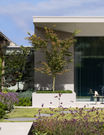

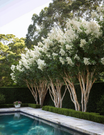





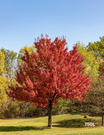


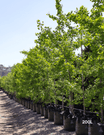








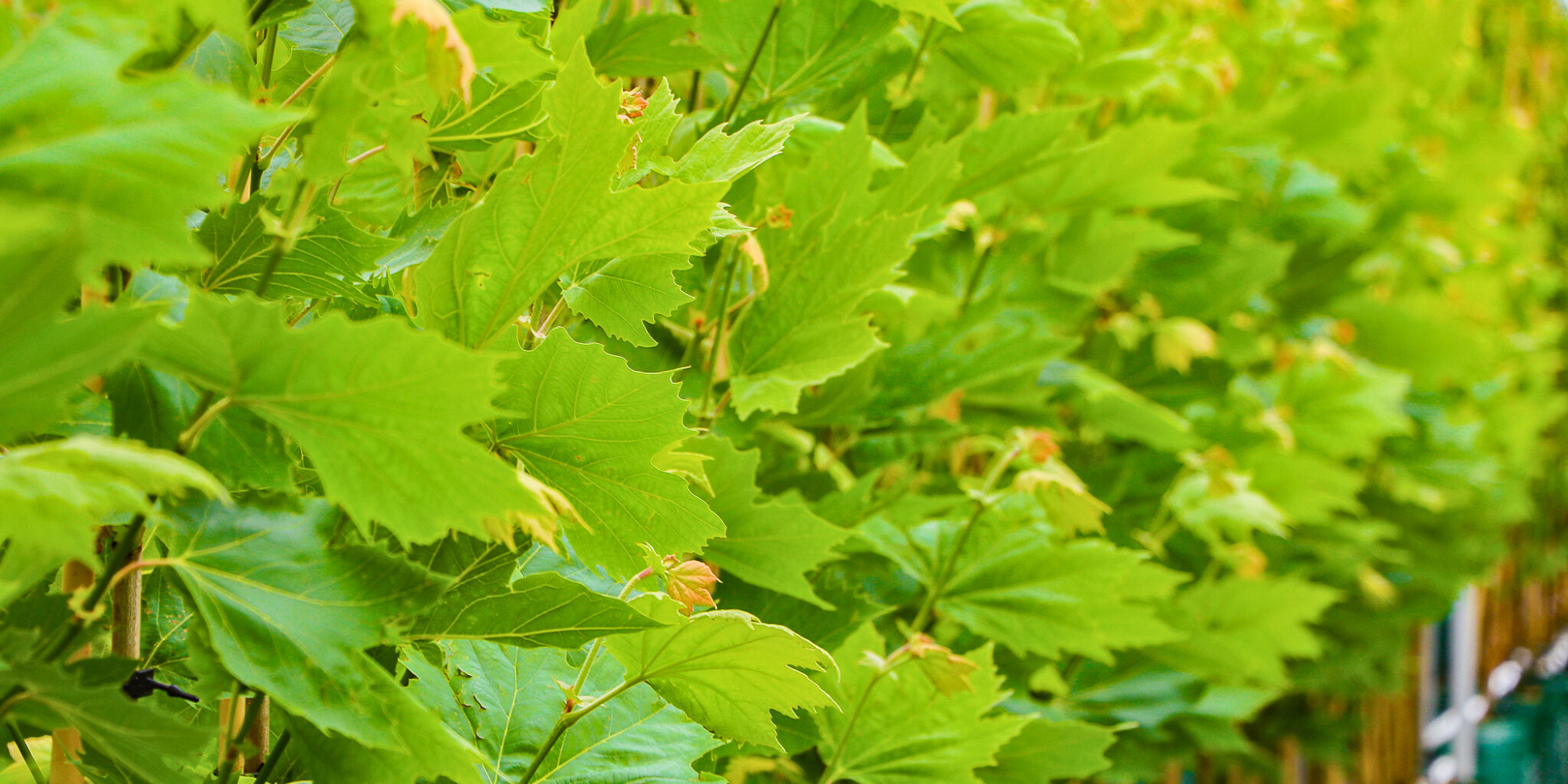







Leave a comment
This site is protected by hCaptcha and the hCaptcha Privacy Policy and Terms of Service apply.